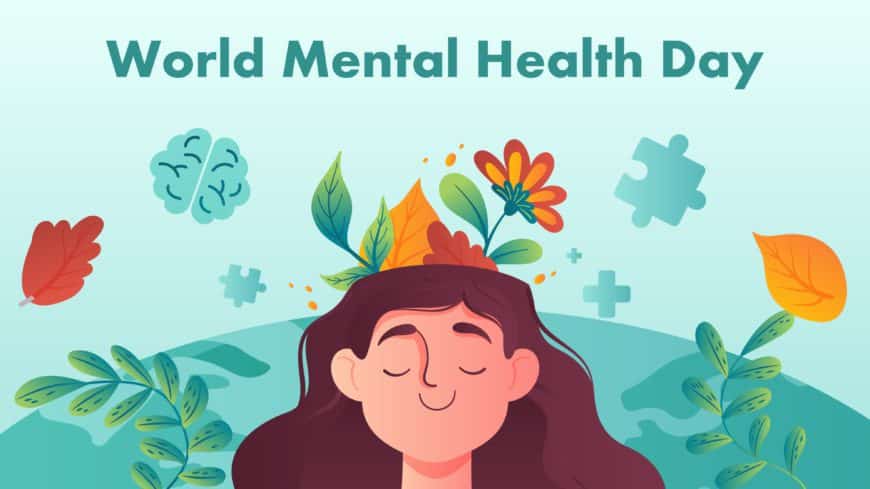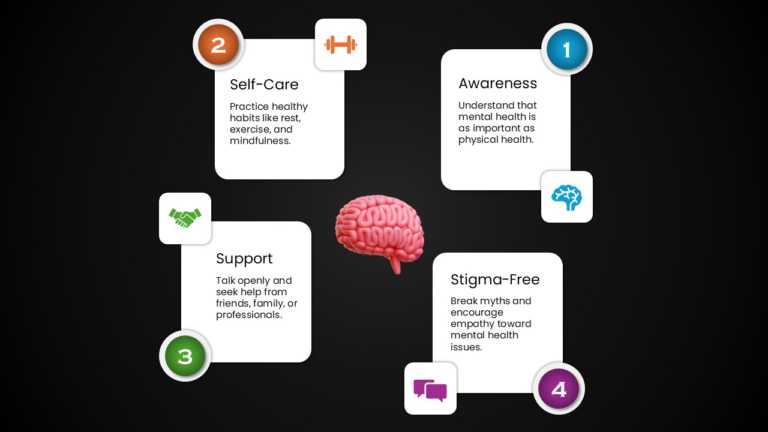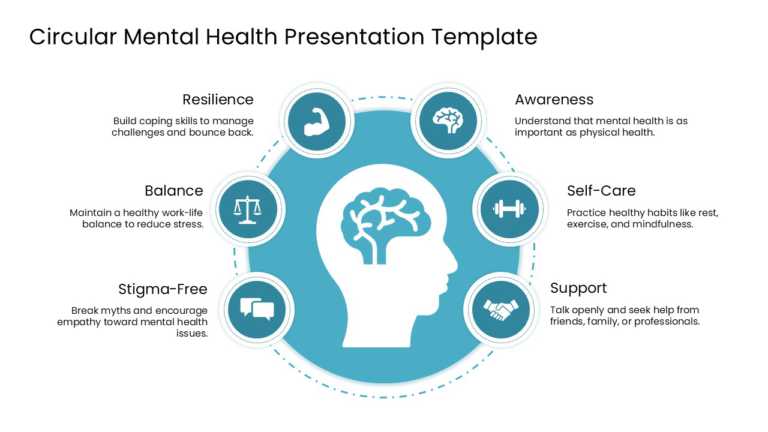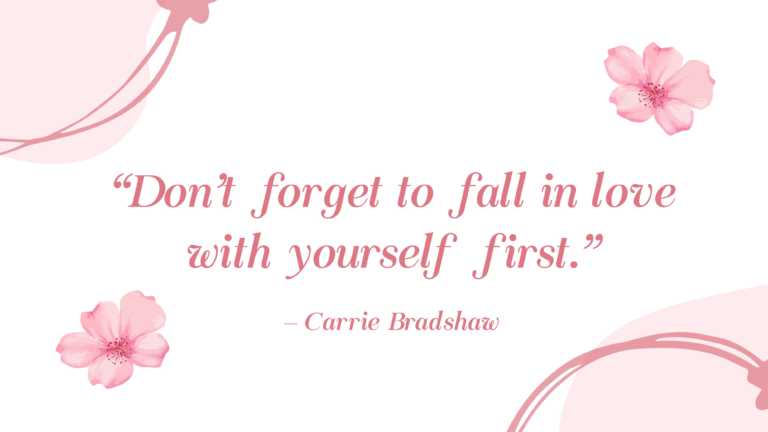Mental Health Presentation Designs For Impactful Wellness Talks
This World Mental Health Day theme is created to promote a positive and supportive workplace culture. The theme highlights how mental health impr....
Best suited for team briefings, this animated presentation template is crafted to encourage discussions around mental health awareness. With vibr....
Make your presentation stand out with this captivating template designed for mental health awareness. This visually appealing layout features a c....
Take your meetings to the next level with this engaging mental health presentation background! This template highlights six crucial steps to impr....
Showcase the importance of health and wellness in your life with this captivating presentation design that will captivate your audience members a....
This aesthetic and minimally designed template is ideal for human resources managers who focus on employee well-being. They might share it in int....
This floral self-love-themed template is perfect for company managers looking to promote mental health and well-being in the workplace. They can ....
This minimalistic and pink-themed template is perfect for communicating the importance of self-love to your audience. It helps to promote the mes....
This Sleep Title Slide effectively balances professional and playful elements. The template’s design sets the tone for well-being and stress reli....
This Sleep Title Slide effectively balances professional and playful elements. The template’s design sets the tone for well-being and stress reli....
This informative diagram is created to help break down concepts and promote resilience and psychological well being effectively through a visuall....
Craft impactful presentations using this crafted template centered around building strength and fortitude in individuals facing challenges or adv....
What Is A Mental Health Presentation?
A mental health presentation is a structured way of sharing information, ideas, and resources related to emotional well-being, stress management, and psychological health, often highlighted during events like the NAMI National Convention. It can be delivered in workplaces, schools, healthcare settings, or community events to spread awareness and encourage open discussions about mental health.
These mental health PowerPoint presentations often combine data, real-life examples, and engaging visuals to make complex topics easier to understand. They aim to reduce stigma, provide coping strategies, and inspire healthier habits, helping individuals and organizations create supportive environments for mental wellness with the right tools.
How Can You Understand Your Audience For A Mental Health Presentation?
For business professionals, understanding your audience means recognizing the unique pressures of the workplace. Corporate executives, managers, and employees may all experience different stressors, such as heavy workloads, leadership responsibilities, or maintaining work-life balance. Tailoring your presentation to these realities makes your message more relevant and actionable.
- Research the Workplace Setting: Before you design your mental health slides, find out about the company’s culture and the struggles employees are dealing with. A fast-paced startup may grapple with overwork and risk burnout, while a healthcare team may be facing compassion fatigue. This information will help you hone in on the most pressing issues.
- Recognize Similar Concerns: Business professionals often face the following issues:
- Executives – dealing with the high-pressure responsibility of the choices they make, the leadership stress of their position, and the responsibility to uplift team morale.
- Managers – balancing workloads, leading teams of different backgrounds and needs, and managing burnout.
- Employees – remaining organized with deadlines, securing job status, and finding a work-life balance. Understanding these differences can help your content reflect real concerns that span across levels.
- Customize Workplace Plans: Implement examples and plans that are easy to adopt back in the corporate environment. Here are a few examples: Advocate for business strategies that reduce workplace burnout. Elevate the role of management support to employee mental health. Provide examples of daily, practical stress management techniques that support employee mental health.
- Understand Professional Boundaries: In a business environment, people may feel uncomfortable opening up about personal struggles. Make a mindful effort to share the ideas – spruced with professionalism, data, case studies, and walk-through practical resources. This maintains the credibility of the mental health PPT presentations while lowering the stigma of discussing mental health, thus creating a more engaged practice.
How Do You Structure An Effective Mental Health Presentation?
A clear structure not only keeps your audience engaged but also allows you to tackle sensitive issues with purpose and impact.
- Craft a Compelling Introduction: Your opening sets the tone and captures attention within the first 60 seconds. Avoid starting with a plain introduction. Instead:
- Start with an anecdote, an unexpected statistic, or a question such as “Have you ever felt that you were overwhelmed but were hesitant to discuss it?”
- Follow your hook with an opening slide that reinforces the message visually and builds intrigue. The objective is to build rapport with your audience and truly invest them in the message.
- Organize Key Topics Specifically: Keep your presentation focused on 3-5 key topics, so as not to overwhelm your audience. Each key topic needs to include:
- A core message.
- An example, data point, illustration, or anecdote.
- An explanation of why it is important includes a practical takeaway.
- Organize Scannable and Relevant Content: Use straightforward headings, bullet points, and a professional mental health PowerPoint template that is easy for the audience to scan. Consider sharing:
- Common mental health conditions (i.e., anxiety, depression)
- Impact of belonging and stigma strategies to mitigate stigma
- Healthy coping and self-care strategies
- Resources for professions support
- How to support colleagues, friends/family
- A Strong Conclusion: Your conclusion should include your key takeaways and leave the audience with either a next step or something to reflect on. A strong conclusion drives home your primary message and helps ensure a lasting impression of your message.
What Are The Best Ways To Introduce Mental Health In A Presentation?
Introducing mental health in a presentation requires sensitivity, clarity, and an engaging approach that instantly connects with your audience. Your goal is to break the ice, reduce stigma, and make the topic feel approachable rather than intimidating. The right opening can set the tone for an impactful discussion.
- Start With A Relatable Story or Scenario: Telling a very brief, personal, or non-identifiable story makes it humanly relatable. For instance, sharing a brief example about a person managing their stressors at work would immediately appeal to the audience’s empathy.
- Use a Thought-Provoking Question: Asking self-reflecting questions like, “Have you felt overwhelmed but didn’t know who to speak to?” creates self-reflection and emotional connection to your audience.
- Open With A Surprising Statistic: Facts like “1 in 5 adults have mental health difficulties each year” grab attention and highlight the importance of the discussion up front.
- Reduce Stigma With Empathy: It is important to normalize conversations about mental health as being equally important as physical health. If it is framed this way, it allows for less discomfort discussing these attributes and provides a safer conversation.
- Use Visual Supports to Reinforce Your Opening: The use of easily identified visuals on a well-designed opening slide—photos, infographics, or even just keywords—can create an impact and solidify your messaging and first impressions.
What Are Key Topics To Cover In A Mental Health Awareness Presentation?
A strong presentation about mental health should focus on topics that both educate and empower your audience. While the exact content may vary depending on who you’re presenting to, these core areas ensure your message is impactful and well-rounded.
- Common Mental Health Issues: Cover conditions like anxiety, depression, and stress that many people face in daily life. Keep explanations clear and relatable rather than overly clinical.
- The Impact of Stigma: Discuss how stigma prevents people from seeking help and share strategies to foster openness and acceptance.
- Coping Mechanisms and Self-Care: Offer practical tools such as mindfulness, exercise, journaling, or setting boundaries that your audience can use right away.
- Resources for Professional Help: Provide information on counseling, hotlines, employee assistance programs, or campus services—depending on your audience.
- Supporting Others: Share ways to check in with colleagues, friends, or family and encourage supportive conversations.
- Workplace or Academic Pressures (Audience-Specific): For professionals, this could include stress management, burnout prevention, and the leadership’s role in mental wellness. For students, it might involve academic pressure, social media influence, or peer relationships.
What Visual Elements Work Best In Mental Health PowerPoint Presentations?
The right visuals can make a mental health presentation more impactful, approachable, and easy to follow. Since the topic can be sensitive, visuals should feel supportive, calming, and professional while helping to simplify complex ideas.
- Pleasant Color Schemes: Stick with calming color palettes like blue, green, and neutrals. Avoid overly stimulating colors or ones that may distract from the visual message.
- Simple Icons and Illustrations: Straightforward icons that represent emotions, stress, or self-care activities can communicate these concepts without overwhelming the audience.
- Replace Data With Infographics: Instead of slides rich in text, incorporate statistics (such as prevalence rates of anxiety/depression) using charts or infographics.
- Images viewers can relate to: Choose photographs and or illustrations that depict different people in realistic settings, schools, workplaces, or social settings, allowing viewers to feel connected as they view the delivery content.
- Animations and Transitions: It is almost impossible to avoid the slide insert animations or transitions altogether unless you are tech-savvy enough to delete them from the slide deck. However, you can keep it simple, a fade-in or morph transition using PowerPoint/Google Slides would be sufficient and adds an element of interest without distracting from the message.
Quotes or Questions: Choose inspiring quotes or reflective questions that include clean visuals to help distill the visual message and give time or a break in content that may have felt heavy.
How Do I Make Sensitive Topics Engaging But Respectful?
- Begin with Empathy – Recognize the sensitive nature of this subject upfront.
- Use Inclusive Language – Avoid using judgmental or stigmatizing expressions.
- Balance Facts with Illustrations – Share relatable examples, while not being overly graphic.
- Encourage Reflection, rather than put pressure – Ask open questions, but don’t put people on the spot.
- Keep Visuals Supportive – Use gentle colors, familiar icons ,and avoid triggering images.
Provide Resources – Offer helplines, websites, and discussion groups if they may need help.
What Are Some Effective Ways To Introduce Mental Health In A Presentation?
- Begin with a Question – e.g., “Has anyone ever experienced stress and just didn’t know how to talk about it?”
- Share a Relatable Story – I find that a brief personal, or even anonymous, story makes your topic human and approachable.
- Share an Eye-Opening Statistic – I would stress the importance of mental health by highlighting frequency percentages. For example, “1 in 5 adults will experience a mental health problem in any given year.”
- Share a Thought-Provoking Quote – Inspirational words can set a thoughtful tone.
- Begin with a Short Activity – A brief exercise (such as a visual breathing exercise, poll, survey, etc.) engages the audience from the beginning.
- Use Visuals – Use an opening slide with a powerful and calming image that reinforces your overall message.
What Important Facts Should I Include About Mental Health In My Slides?
- Prevalence – Highlight how common mental health challenges are, e.g., “1 in 5 adults experience mental health issues each year.”
- Impact – Show the effect on daily life, work productivity, relationships, and overall well-being.
- Common Disorders – Briefly cover conditions like anxiety, depression, and stress-related disorders.
- Stigma – Include facts about how stigma prevents people from seeking help.
- Treatment & Support – Share data on therapy, counseling, self-care, and workplace or community resources.
- Early Intervention Matters – Emphasize that early support leads to better outcomes.
- Audience-Specific Relevance – For students: stress, peer pressure, and academic performance; for professionals: burnout, work-life balance, and leadership support.
How Can I End My Mental Health Slides Presentation On A Positive Note?
- Summarize Main Points – Remind participants of important points and how to apply that learning to practice.
- Share a Motivational Quote – Offer a positive and inspirational quote to leave participants with possibilities in mind and with a feeling good.
- Remind Participants there is Hope and Resilience – Note that many mental health challenges can be worked through with support.
- Provide Mental Health Resource Information – Offer contact information for chatlines, websites, or workplace/student support programs.
- Challenge the Participants – Ask the participants to take a moment to think about the last time they checked in with themselves, checked in on someone, and suggested they try something that is self-care.
Can I Use Personal Stories In A Mental Health Presentation?
Stories are often what the audience will remember as they create a connection with emotion and help destigmatize the topic. However, in doing so, here are some things to consider in your mental health Google Slides theme:
- Be Discriminant- Only share what you feel comfortable sharing, and what is salient to the topic at hand.
- Set Boundaries- Don’t go into too much detail or trigger imagery for the audience.
- Framing – What is something that can often help you as the speaker? Frame the story around a takeaway or lessons learned.
- Privacy-preserving- If you are sharing an experience outside of your own, please seek permission and be respectful that their experiences may be personal to them.
- Balanced with data- You want to present data with a story and or impressions to maintain your credibility as a speaker, but also power behind the story.
What Are Some Free Mental Health PowerPoint Templates I Can Use For A Mental Health Presentation?
SlideUpLift offers a collection of free PowerPoint templates for mental health PowerPoint presentations. The mental health PPT templates feature soothing colors and an intentional layout to discuss topics like mental health awareness, stress management, and self-care techniques. Each slide has images, icons, or something visually engaging for your audience.
How Do I Address Stigma Surrounding Mental Health In A Presentation?
- Acknowledge It Openly – The first step to ending stigma is to acknowledge that it exists and contributes to the reluctance to seek help.
- Use Facts and Data – Offer statistics or research findings on the prevalence and commonality of mental health issues to normalize the conversation.
- Share Relatable Stories – Whether your story or an anonymized one, sharing the experiences associated with mental health challenges allows us to humanize the conversation.
- Promote Empathy – Promote understanding rather than judgment.
- Highlight Resources – Provide options for support that include counseling, hotlines, and programs in the workplace.
- Encourage Use of Positive Language – Use inclusive terms, avoid labels, and be non-judgmental in language.













